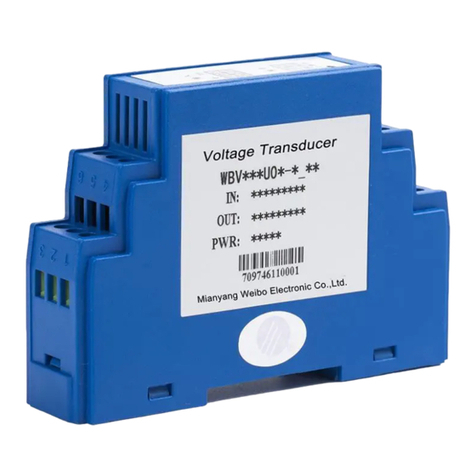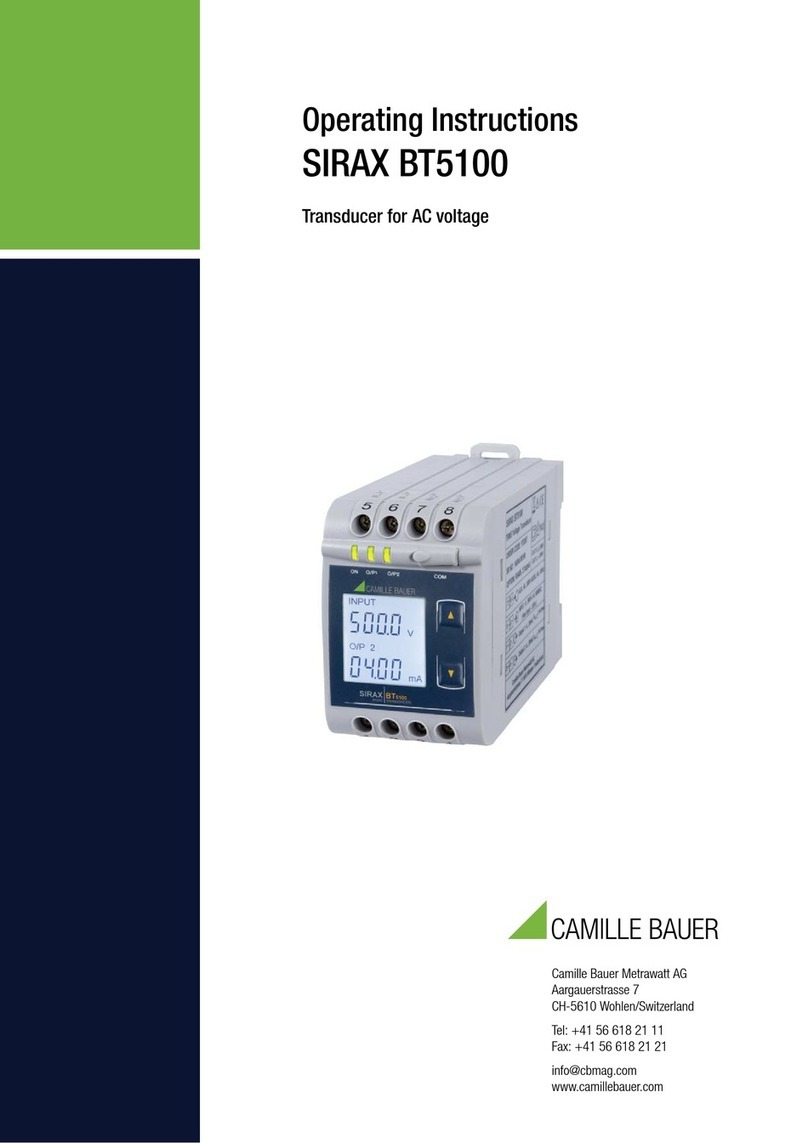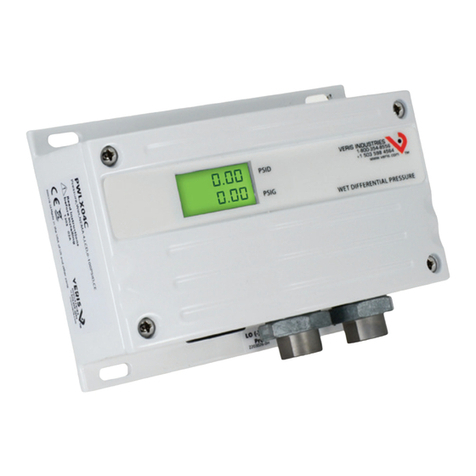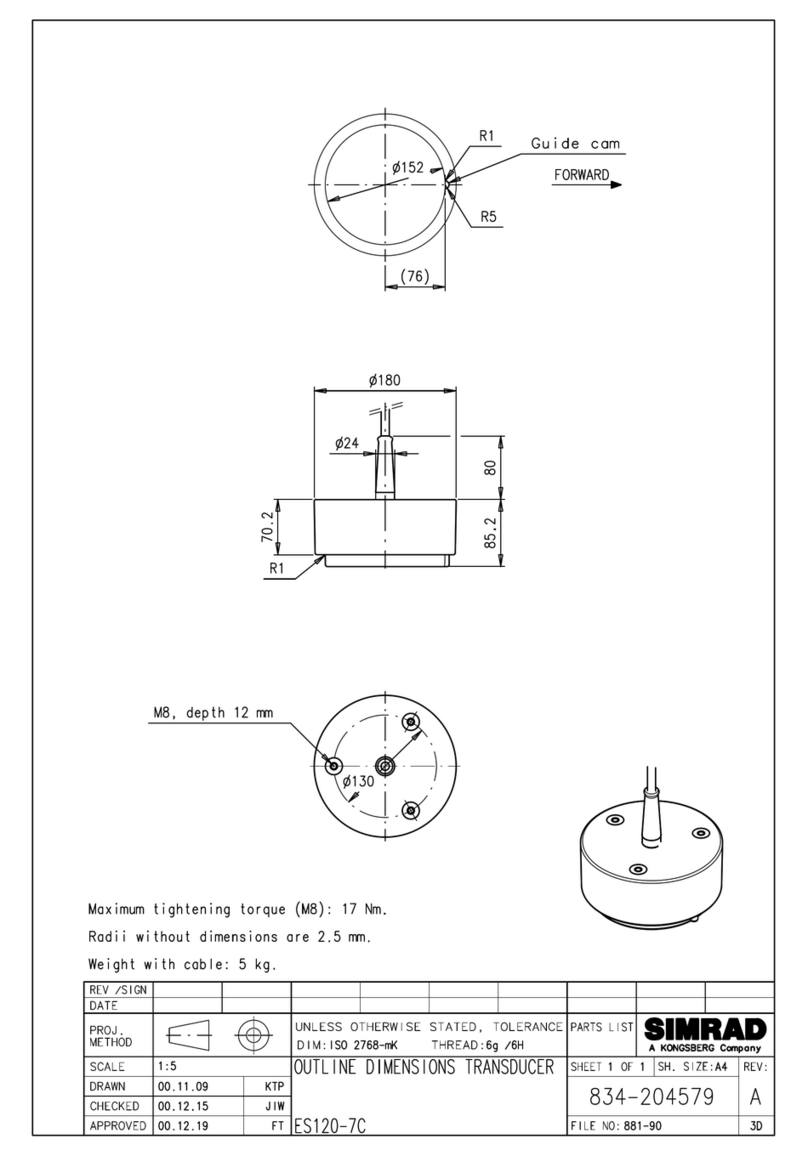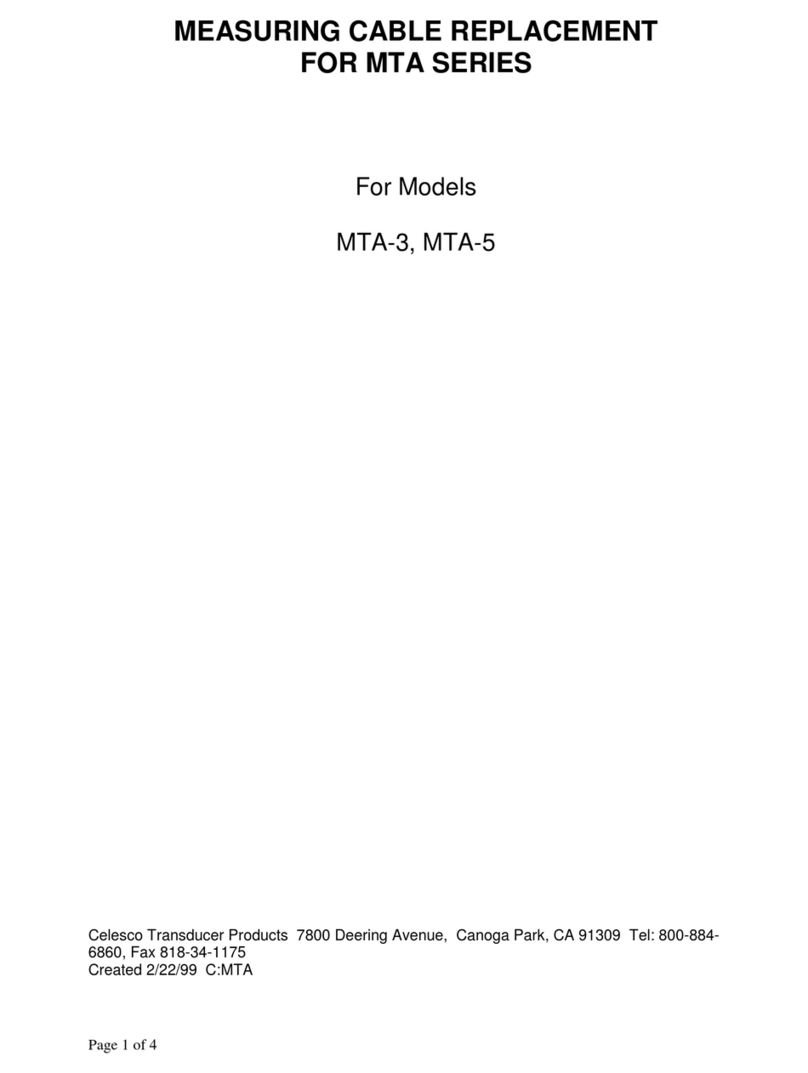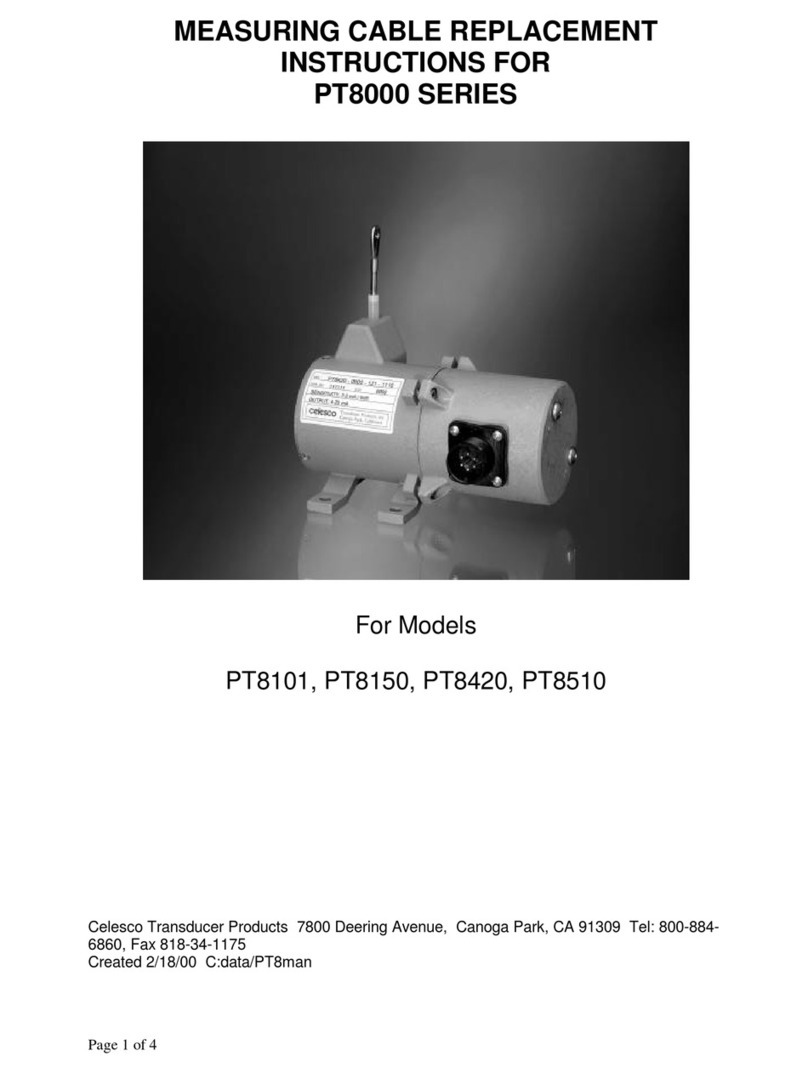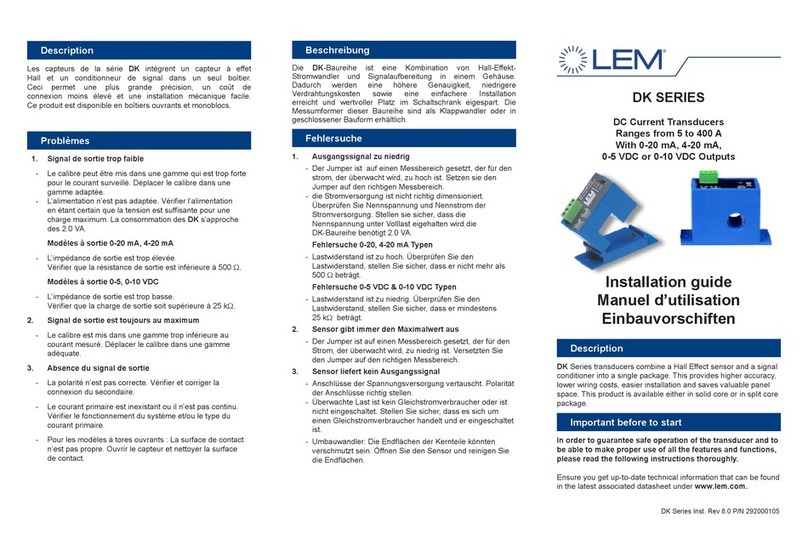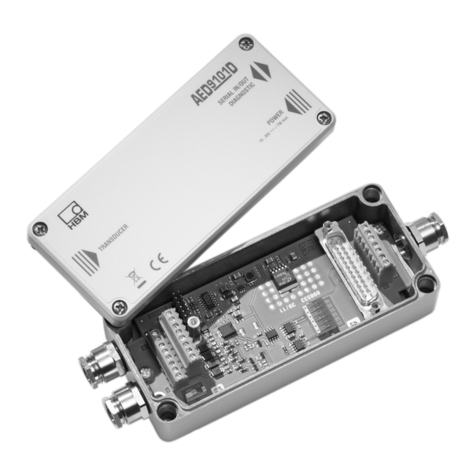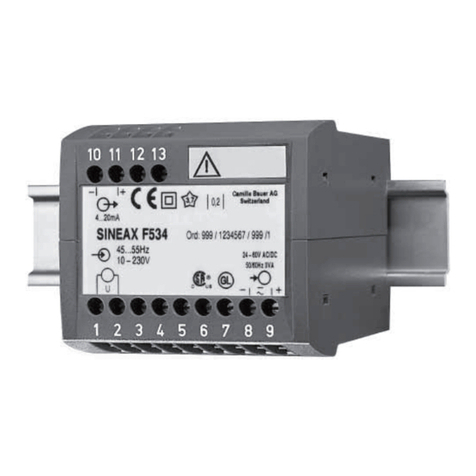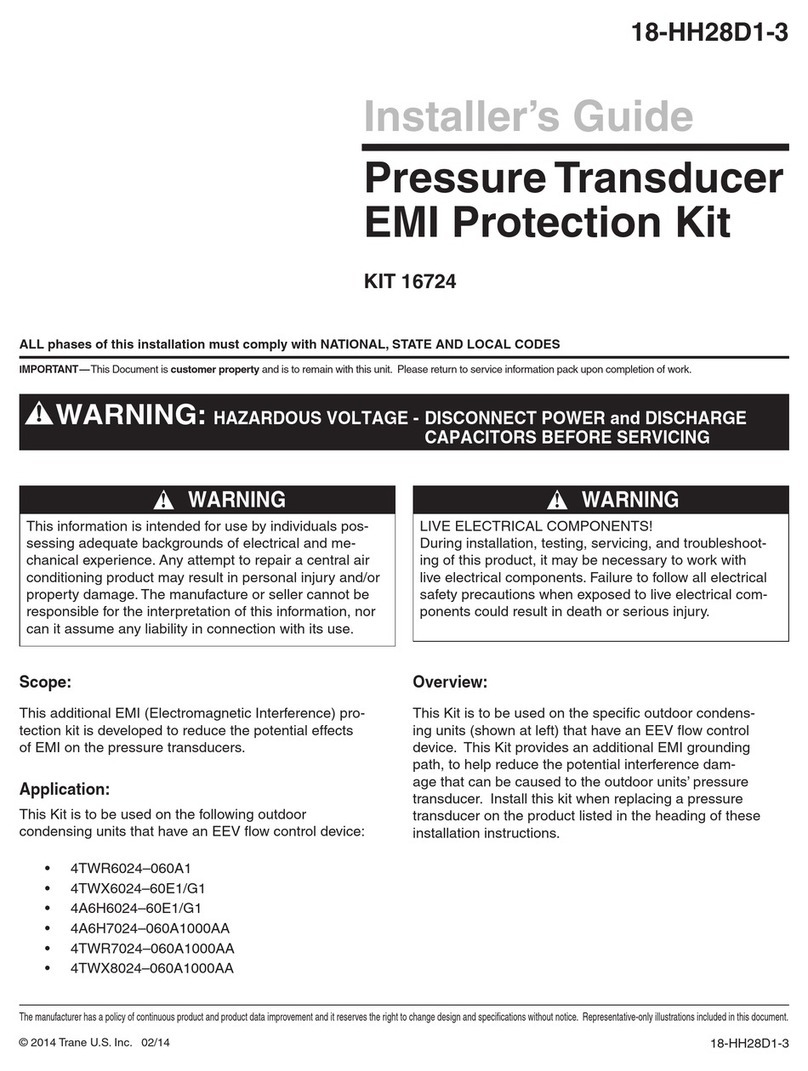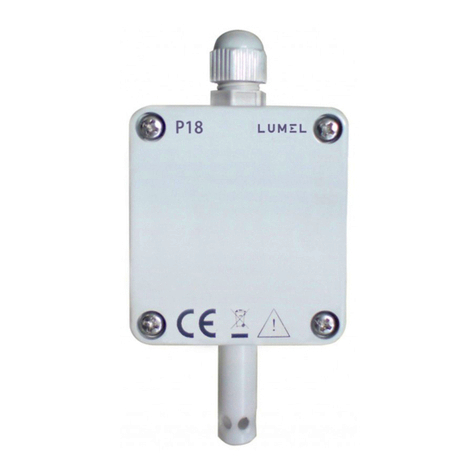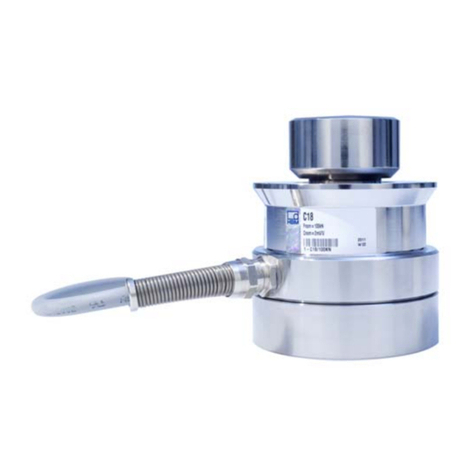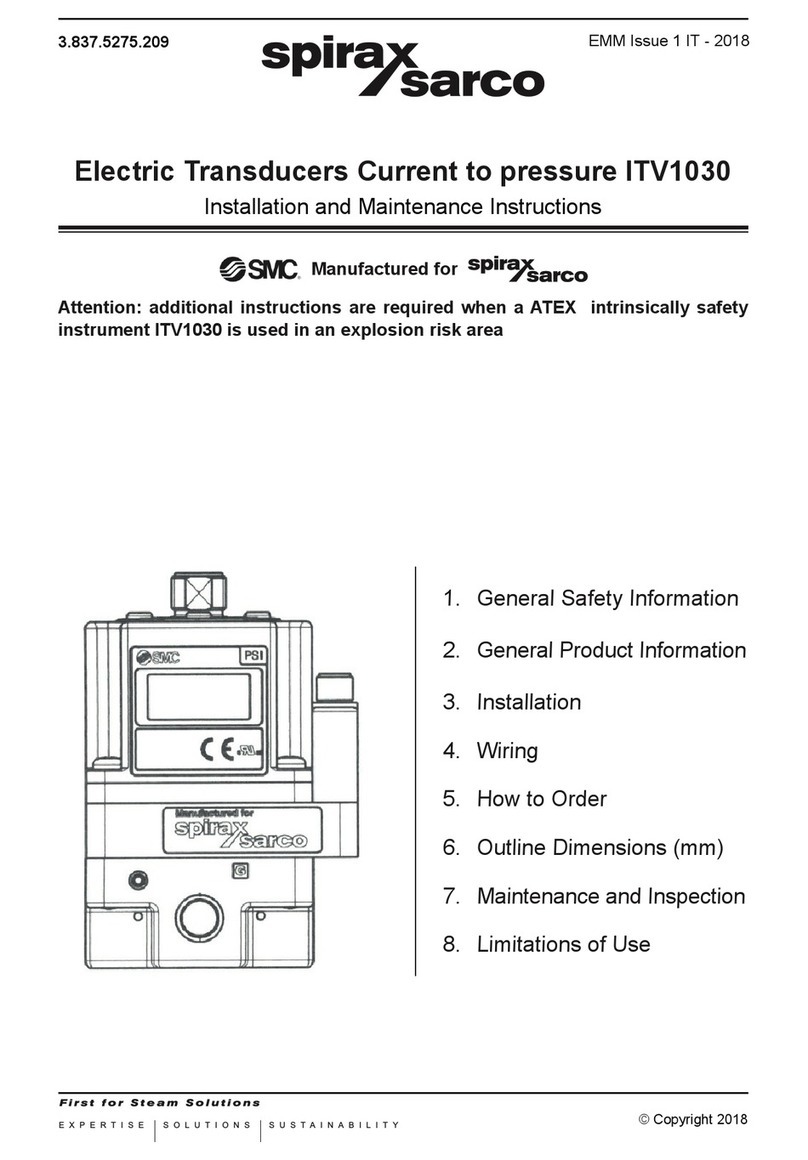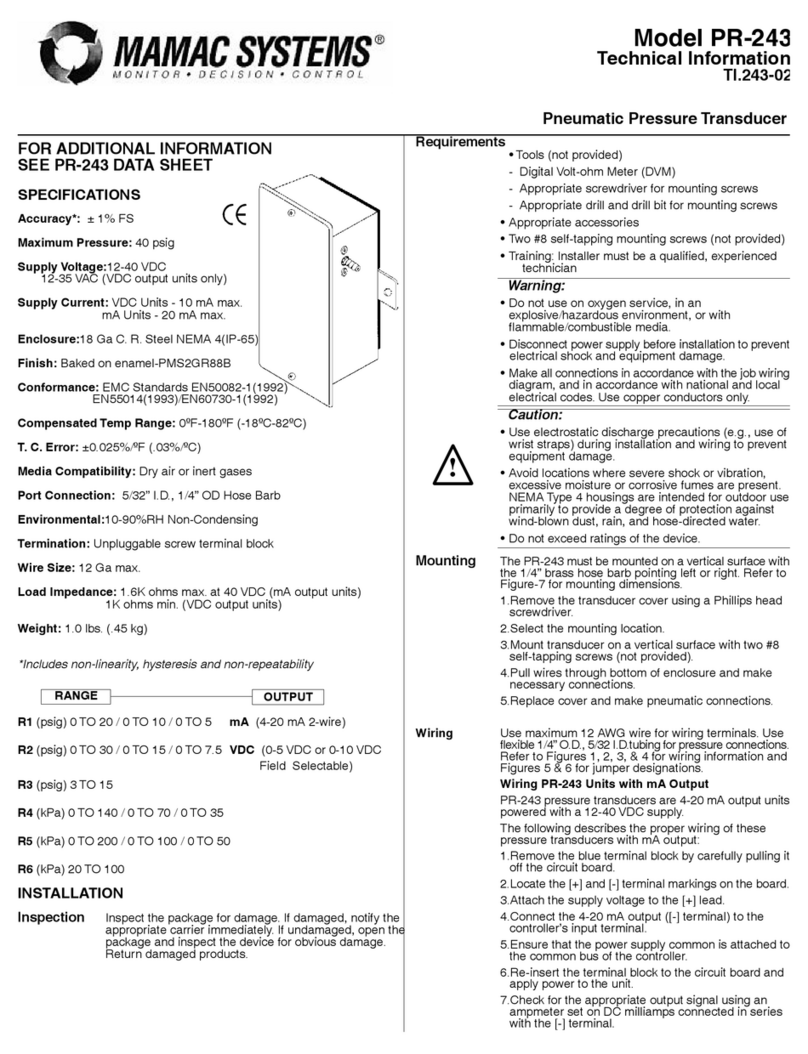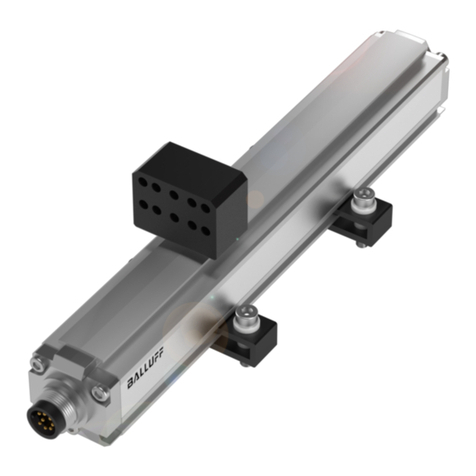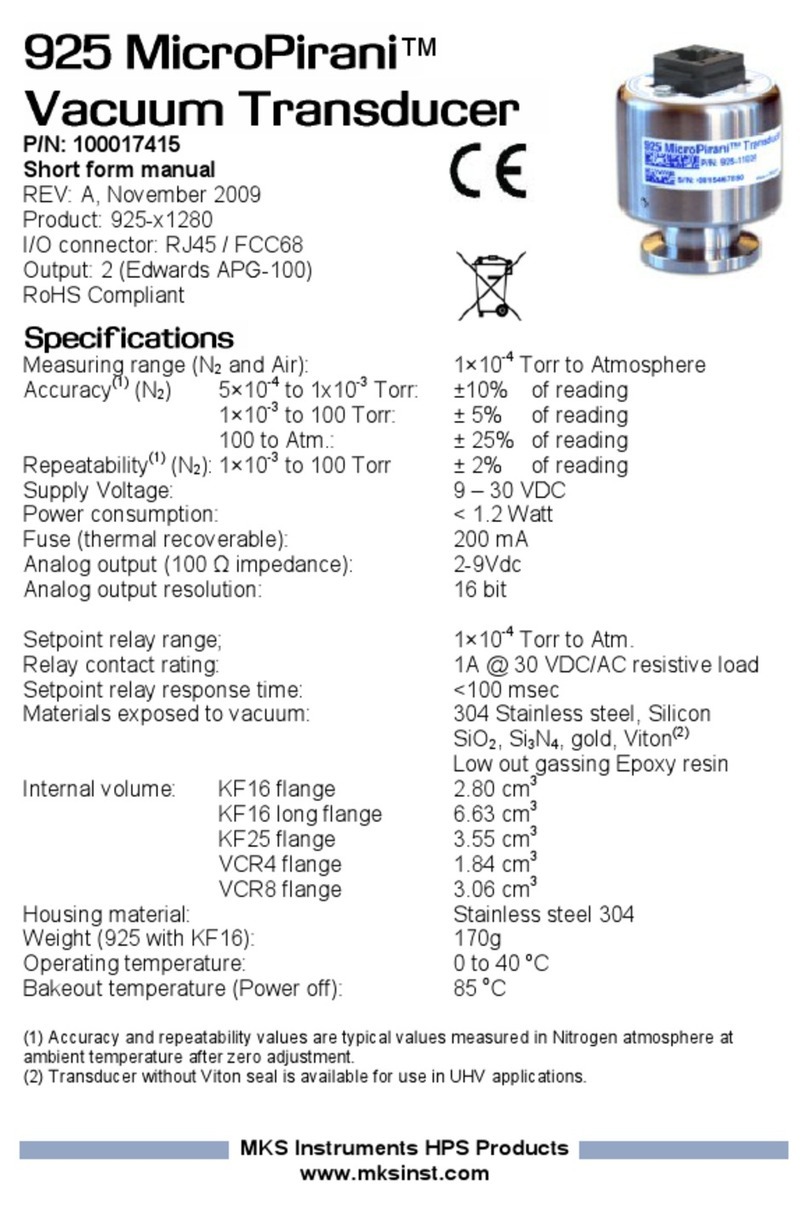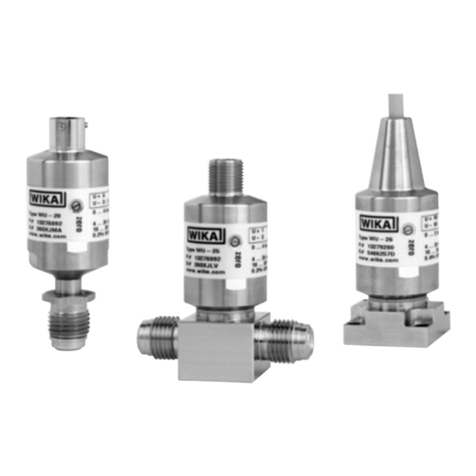
Page 3of 4
16. Insert the flathead screwdriver and use it to slide the spring off the spring arbor
and into the spring housing.
17. Remove the spring/spring housing and set aside.
18. Remove the spring side plate and set aside.
19. Skip to step 34.
20. Remove the screws and spacers on either end of the potentiometer mounting
bracket so it may spin freely.
CAUTION
The spring motor can be dangerous while it has tension. The spring, if allowed to, can
suddenly uncoil itself by shooting out of the spring housing. It’s sharp and can cause
injuries. Be careful when doing anything with the spring exposed. Wear gloves and
safety goggles.
21. Loosen the #8-32 screws holding the spring housing. If the spring still has
tension, when the bolts are removed the spring housing will spin. Get a firm grip
on the frame and spring housing remove the bolts and set aside.
22. Carefully let the spring housing rotate until all spring tension is released, while
keeping the housing against the spring side plate.
23. The spring is probably still hooked to the spring arbor. BE CAREFUL TO NOT
pull the spring housing off yet or the spring will shoot out of the housing.
24. Separate the spring housing from the frame just enough to get a flathead
screwdriver between the housing and the spring side plate.
25. Insert the flathead screwdriver and use it to slide the spring off the spring arbor
and into the spring housing.
26. Remove the spring/spring housing and set aside.
27. Remove the spring side plate and set aside.
28. While looking through the access hole in the frame, rotate the spring arbor with
fingers until one of the set screws is visible.
29. Using an allen wrench, loosen the set screw.
30. Rotate the arbor again until the other set screw is visible.
31. Loosen the set screw.
32. Pull the potentiometer straight out of the spool.
33. Check potentiometer for damage. If cable has been free-released or broken, the
potentiometer may be broken. Turn the potentiometer shaft all the way in both
directions. If the transducer is a 2 inch or 5 inch range, the shaft should rotate
smoothly with no resistance. If the transducer is a 10 inch or greater range, the
shaft should rotate smoothly with no resistance until it suddenly stops. If rough
spots, resistance, or “soft” stops are felt, the potentiometer is damaged and must
be replaced. Contact Celesco for new potentiometers and replace if necessary.
34. Remove the #8-32 screws holding the pot side plate to the frame and set aside.
35. Remove the pot side plate and set aside.
36. Remove the spool from the frame.
37. Remove any old cable and discard.
38. Insert the replacement measurement cable down through the cable guide and
through the angled hole in the spool.
